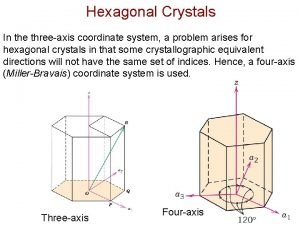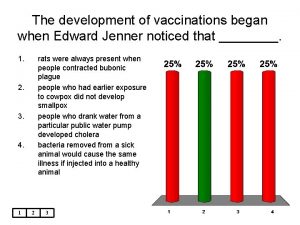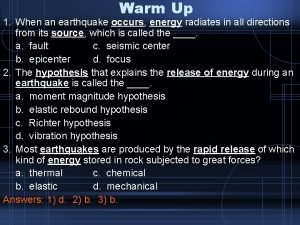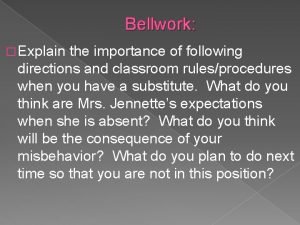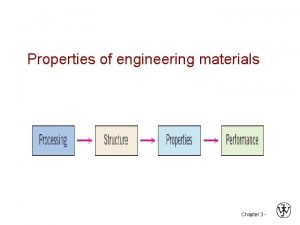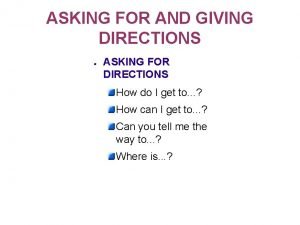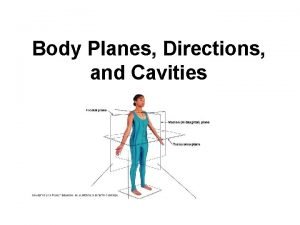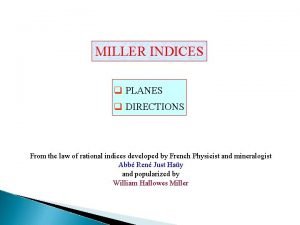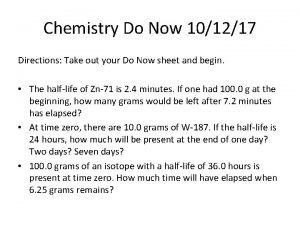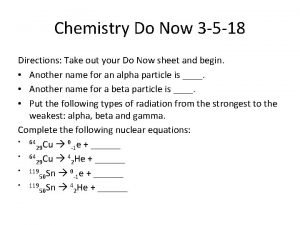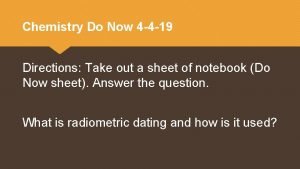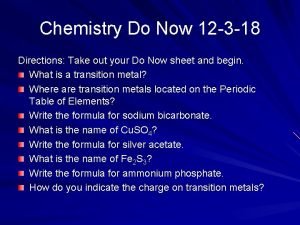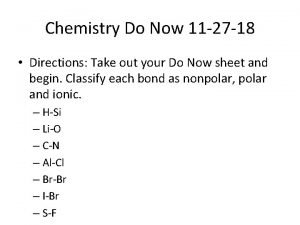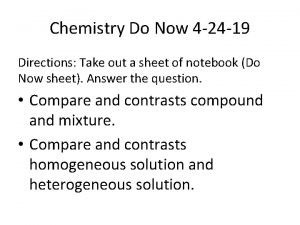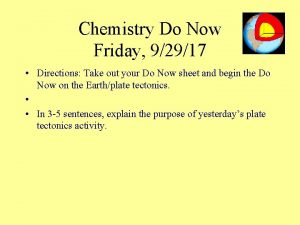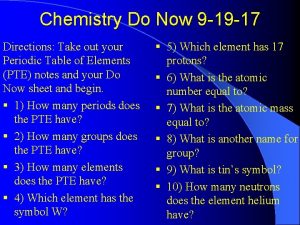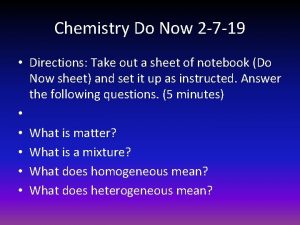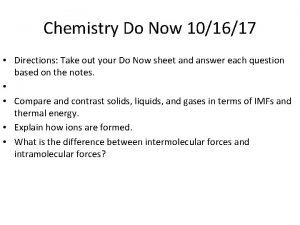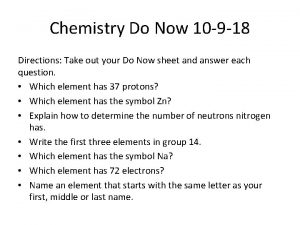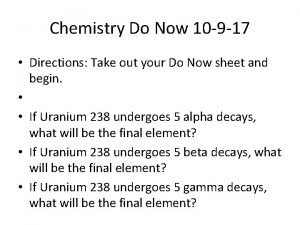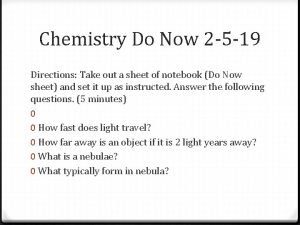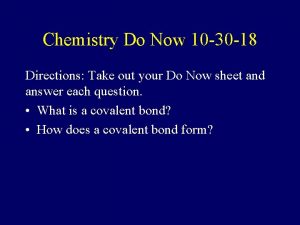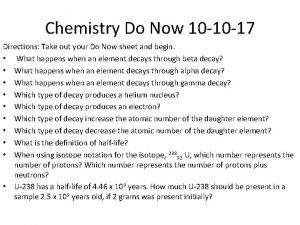Chemistry Do Now 9 25 17 Directions Take





















- Slides: 21

Chemistry Do Now 9 -25 -17 Directions: Take out your Do Now sheet and answer each question based on Friday’s notes about the sun. 1) Where is the sun’s energy and heat generated? Ø 2) Which is hotter, the sun’s surface or the corona? Ø 3) What is the name of the lower part of the sun’s atmosphere? Ø 4) What is the name of the upper part of the sun’s atmosphere? Ø 5) What does the Greek prefix “chroma-“ mean? Ø

Chemistry Do Now 9 -25 -17 KEY 1) The sun’s energy and heat are generated in the core. Ø 2) The sun’s corona is hotter than the surface. Ø 3) The name of the lower part of the sun’s atmosphere is the chromosphere. Ø 4) The name of the upper part of the sun’s atmosphere is the corona. Ø 5) The Greek prefix “chroma-“ means color. Ø

Homework Ø Explain in 2 -3 sentences how the sun generates heat, light and energy.

Reminders of Important Dates Back to School Night will occur on Wednesday, September 27, 2017 from 5: 30 – 7: 30 pm. l Meet NEA business partners/Raffles l Students &/or Parents who come out will earn a bonus test grade of 100% (You must come to my classroom! If I don’t see you, you weren’t here!!!) Ø 1 st Quarter Progress report grades close on Wednesday, October 4, 2017. Ø If you are failing a class, you have 9 more days to improve your grade before progress report grades are finalized! Ø

Objective Students will become familiar with the parts of the sun, how it generates energy through nuclear fusion and its lifespan by performing a close read, take notes, build a model of the sun and play a Kahoot game about the sun. Ø Mastery Level: Ø l l l Each student will have at least one of each type of close read annotation on the article. 70% student will assemble and color the parts of the sun/functions correctly. The class will be able to average 64% ( 9/14) on the Kahoot game about the sun.

Engage Ø The sun is our closest star and provides the Earth with a warm, hospitable environment. But just how large is our sun? Ø Show the students the You. Tube video “Here Comes the Sun: Crash Course Kids #5. 1” Ø Source: https: //www. youtube. com/watch? v=6 FB 0 r Ds. R_rc

Explore Ø Students will read the article “The Sun”. Students will annotate the article using the close read annotations posted on classroom charts and will use their annotations to write a 6 -8 sentence summary (for homework).

Students will take notes EXPLAIN: THE SUN

New Vocabulary Words Ø Ø Ø Sun Core Radiative zone Convection zone Photosphere Chromosphere Ø Ø Ø Corona Solar wind Nuclear fusion Hydrogen Helium Sunspot

Layers of the sun ØCore ØRad zone ØConvection zone ØPhotosphere ØChromosphere ØCorona ØSolar wind

Core Ø The core is at the center. It the hottest region, where the nuclear fusion reactions that power the Sun occur.

Radiative Zone Ø The radiative (or radiation) zone. Its name is derived from the way energy is carried outward through this layer, carried by photons as thermal radiation.

Convective Zone Ø The final region of the solar interior is named the convective (or convection) zone. It is also named after the dominant mode of energy flow in this layer; heat moves upward via roiling convection, much like the bubbling motion in a pot of boiling oatmeal.

Photosphere Ø The boundary between the Sun's interior and the solar atmosphere is called the photosphere. It is what we see as the visible "surface" of the Sun. The photosphere is not like the surface of a planet; even if you could tolerate the heat you couldn't stand on it.

Did you know that the Sun has an atmosphere? Ø The lower region of the solar atmosphere is called the chromosphere. Its name comes from the Greek root chroma (meaning color), for it appears bright red when viewed during a solar eclipse.

Corona Ø The uppermost portion of the Sun's atmosphere is called the corona, and is surprisingly much hotter than the Sun's surface (photosphere)!

Solar Wind Ø The upper corona gradually turns into the solar wind, a flow of plasma that moves outward through our solar system into interstellar space. The solar wind is, in a sense, just an extension of the Sun's atmosphere that engulfs all of the planets. Earth actually orbits within the atmosphere of a star!

NOW LET’S TAKE A DEEP DIVE INTO THE SUN’S CORE

Nuclear Fusion inside of the Sun Inside of the sun’s core hydrogen nuclei are joining or fusing together to form helium. As a result, lots of energy is released from the core.

Extend: Models of the Sun Ø Students will create models of the sun that show the sun’s layers and functions Ø How to assemble your sun model. Ø https: //thewisenest. com/parts-sun. html

Evaluate: Sun Kahoot Game Ø Kahoot. It Ø Enter PIN Ø Let’s play! Ø Exit Ticket Questions: l l 1) Explain the nuclear fusion reaction that occurs inside of the sun. 2) Compare and contrast the sun’s interior and exterior. How are they similar? How are they different?
 Now i see it now you don't
Now i see it now you don't Take a bus or take a train
Take a bus or take a train Inorganic chemistry vs organic chemistry
Inorganic chemistry vs organic chemistry Ib organic chemistry
Ib organic chemistry Crystallographic directions hexagonal crystals
Crystallographic directions hexagonal crystals Directions for producing mhcs come from
Directions for producing mhcs come from When an earthquake occurs energy radiates in all directions
When an earthquake occurs energy radiates in all directions Directions for operation game
Directions for operation game Importance of following directions in the army
Importance of following directions in the army New directions blackburn
New directions blackburn Convert miller indices to miller bravais
Convert miller indices to miller bravais Jeopardy directions
Jeopardy directions What is the definition of stage directions apex
What is the definition of stage directions apex Crystallographic directions
Crystallographic directions The police officer was friendly. she gave me directions
The police officer was friendly. she gave me directions Cardinal and intermediate directions
Cardinal and intermediate directions Opposite giving directions
Opposite giving directions Body planes and directions
Body planes and directions Monologue examples
Monologue examples What directions do latitude lines run
What directions do latitude lines run 100 family of planes
100 family of planes Texas migrant interstate program
Texas migrant interstate program




